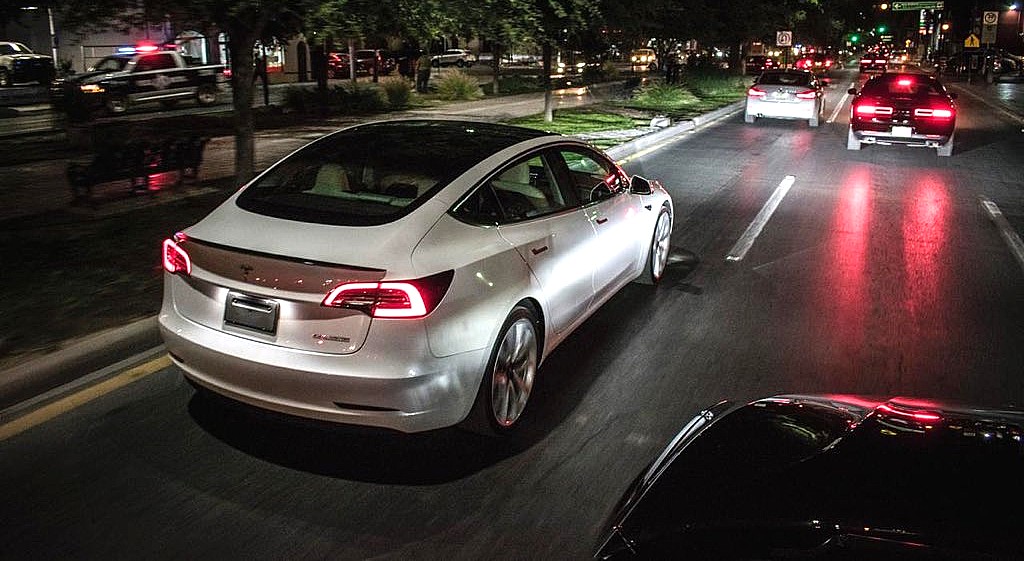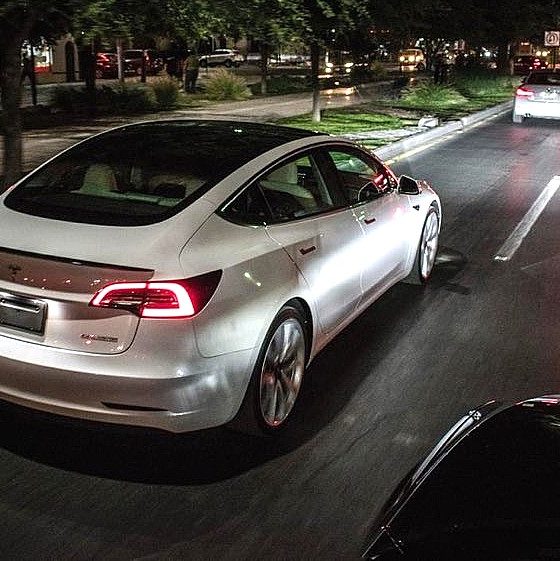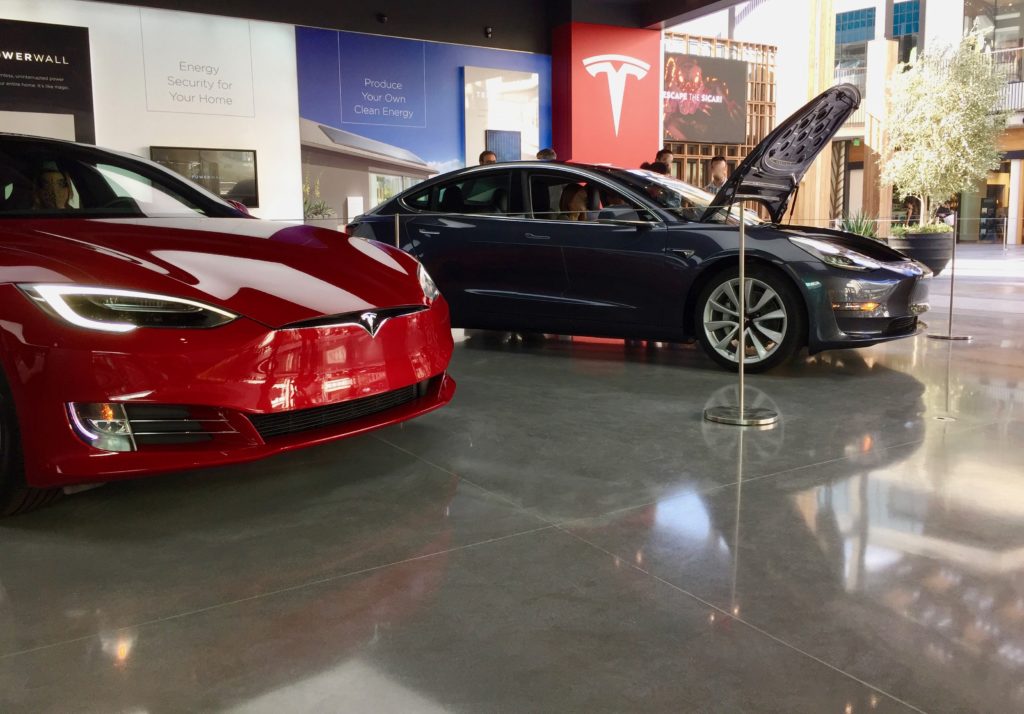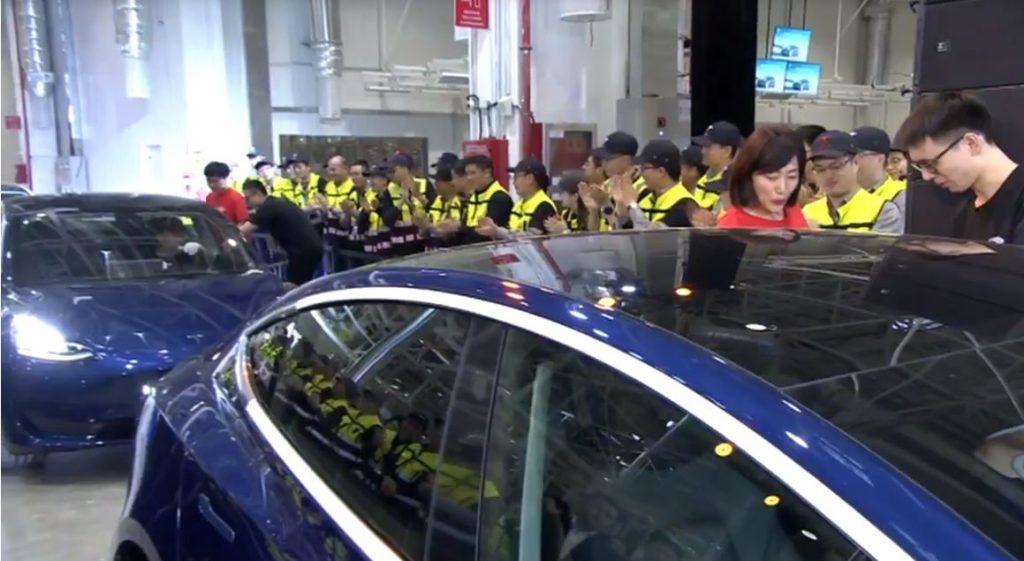

Investor's Corner
Tesla is being ‘anti-subsidized’ in the US, and it’s thriving in spite of it
Ask any TSLAQ believer about one of the biggest reasons for Tesla’s ongoing success, and there’s a good chance that one will hear the word “subsidies.” More often than not, Tesla critics would argue that the electric car maker has only survived because the US government heavily subsidizes it — and without these subsidies, Tesla would fall.
Unfortunately for TSLA bears, this is not an accurate assumption. In fact, if one were to look at what Tesla has had to deal with in the past years (and is still dealing with today), it would actually be more accurate to state that the company had been “anti-subsidized” for the most part, both in its home country and some key territories abroad.
As thoroughly discussed by Tesla investor KarenRei on Twitter, Tesla actually has dealt with a lot of handicaps when selling its cars to consumers. Take the United States, for example. Being a pure electric car company, it was no surprise that Tesla was the first to trigger a phaseout of the $7,500 tax credit given to EV buyers in the country.

Today, Tesla buyers no longer receive tax credits from the United States government, which means that at this point, the company is taking on traditional automakers solely through its vehicles’ own merits. Buyers of pretty much every other car except the Chevy Bolt still receive a $7,500 tax credit, while those who purchase Teslas do not get any incentives. Yet, despite this, the demand for the company’s vehicles has remained healthy.
Another ghost from Tesla’s past that always emerges in the constant bull vs. bear debates online is the loan that the company received during the US financial crisis. Tesla did receive a loan from the Obama administration, but so did other companies, the biggest of which was General Motors, the quintessential American automaker. Tesla would eventually pay back the $465 million loan it received from the US government — 10 years early. GM, in comparison, defaulted on their own loan. This nifty little detail usually gets a bit overlooked whenever Tesla’s loans are discussed among critics.
But what about state incentives that are granted to Tesla for, say, building Giga Nevada? Well, that’s not particularly unique to the electric car maker, either. It should be noted that it is a pretty common practice for states to offer incentives to attract large corporations to invest and build their facilities within their borders. Doing so triggers an influx of jobs, as well as potentially positive effects for local businesses.

And don’t forget that Tesla is still struggling to formally sell its cars in several US states. It’s almost ironic how Tesla was able to secure land, build a factory, and start delivering locally-produced Model 3s in China to consumers before it was able to get permission to sell its cars in parts of its home country, like Texas.
In other territories, Tesla receives anti-incentives as well. This happened to the Model 3 in Canada, whose EV incentives required the base price of qualified vehicles to start below the cost of the Model 3, effectively excluding Tesla’s most affordable vehicle. This reflected a similar strategy adopted in Germany when the Model S was released in the country.
Keeping these in perspective, it almost seems like governments across the globe earnestly want electric cars to succeed. But when it comes to Tesla, the company has not been handled with kid gloves at all. Far from it. In a way, it seems fair to argue at this point that Tesla’s success, as evidenced by its 112,000 vehicle deliveries in the fourth quarter of 2019, is happening in spite of anti-incentives that are consistently thrown its way. Perhaps, just as argued by the company’s supporters, Tesla’s products just happen to be very compelling for buyers.
H/T @enn_Nafnlaus/Twitter

Investor's Corner
Tesla stock closes at all-time high on heels of Robotaxi progress

Tesla stock (NASDAQ: TSLA) closed at an all-time high on Tuesday, jumping over 3 percent during the day and finishing at $489.88.
The price beats the previous record close, which was $479.86.
Shares have had a crazy year, dipping more than 40 percent from the start of the year. The stock then started to recover once again around late April, when its price started to climb back up from the low $200 level.
This week, Tesla started to climb toward its highest levels ever, as it was revealed on Sunday that the company was testing driverless Robotaxis in Austin. The spike in value pushed the company’s valuation to $1.63 trillion.
Tesla Robotaxi goes driverless as Musk confirms Safety Monitor removal testing
It is the seventh-most valuable company on the market currently, trailing Nvidia, Apple, Alphabet (Google), Microsoft, Amazon, and Meta.
Shares closed up $14.57 today, up over 3 percent.
The stock has gone through a lot this year, as previously mentioned. Shares tumbled in Q1 due to CEO Elon Musk’s involvement with the Department of Government Efficiency (DOGE), which pulled his attention away from his companies and left a major overhang on their valuations.
However, things started to rebound halfway through the year, and as the government started to phase out the $7,500 tax credit, demand spiked as consumers tried to take advantage of it.
Q3 deliveries were the highest in company history, and Tesla responded to the loss of the tax credit with the launch of the Model 3 and Model Y Standard.
Additionally, analysts have announced high expectations this week for the company on Wall Street as Robotaxi continues to be the focus. With autonomy within Tesla’s sights, things are moving in the direction of Robotaxi being a major catalyst for growth on the Street in the coming year.
Elon Musk
Tesla needs to come through on this one Robotaxi metric, analyst says
“We think the key focus from here will be how fast Tesla can scale driverless operations (including if Tesla’s approach to software/hardware allows it to scale significantly faster than competitors, as the company has argued), and on profitability.”

Tesla needs to come through on this one Robotaxi metric, Mark Delaney of Goldman Sachs says.
Tesla is in the process of rolling out its Robotaxi platform to areas outside of Austin and the California Bay Area. It has plans to launch in five additional cities, including Houston, Dallas, Miami, Las Vegas, and Phoenix.
However, the company’s expansion is not what the focus needs to be, according to Delaney. It’s the speed of deployment.
The analyst said:
“We think the key focus from here will be how fast Tesla can scale driverless operations (including if Tesla’s approach to software/hardware allows it to scale significantly faster than competitors, as the company has argued), and on profitability.”
Profitability will come as the Robotaxi fleet expands. Making that money will be dependent on when Tesla can initiate rides in more areas, giving more customers access to the program.
There are some additional things that the company needs to make happen ahead of the major Robotaxi expansion, one of those things is launching driverless rides in Austin, the first city in which it launched the program.
This week, Tesla started testing driverless Robotaxi rides in Austin, as two different Model Y units were spotted with no occupants, a huge step in the company’s plans for the ride-sharing platform.
Tesla Robotaxi goes driverless as Musk confirms Safety Monitor removal testing
CEO Elon Musk has been hoping to remove Safety Monitors from Robotaxis in Austin for several months, first mentioning the plan to have them out by the end of 2025 in September. He confirmed on Sunday that Tesla had officially removed vehicle occupants and started testing truly unsupervised rides.
Although Safety Monitors in Austin have been sitting in the passenger’s seat, they have still had the ability to override things in case of an emergency. After all, the ultimate goal was safety and avoiding any accidents or injuries.
Goldman Sachs reiterated its ‘Neutral’ rating and its $400 price target. Delaney said, “Tesla is making progress with its autonomous technology,” and recent developments make it evident that this is true.
Investor's Corner
Tesla gets bold Robotaxi prediction from Wall Street firm
Last week, Andrew Percoco took over Tesla analysis for Morgan Stanley from Adam Jonas, who covered the stock for years. Percoco seems to be less optimistic and bullish on Tesla shares, while still being fair and balanced in his analysis.

Tesla (NASDAQ: TSLA) received a bold Robotaxi prediction from Morgan Stanley, which anticipates a dramatic increase in the size of the company’s autonomous ride-hailing suite in the coming years.
Last week, Andrew Percoco took over Tesla analysis for Morgan Stanley from Adam Jonas, who covered the stock for years. Percoco seems to be less optimistic and bullish on Tesla shares, while still being fair and balanced in his analysis.
Percoco dug into the Robotaxi fleet and its expansion in the coming years in his latest note, released on Tuesday. The firm expects Tesla to increase the Robotaxi fleet size to 1,000 vehicles in 2026. However, that’s small-scale compared to what they expect from Tesla in a decade.
Tesla expands Robotaxi app access once again, this time on a global scale
By 2035, Morgan Stanley believes there will be one million Robotaxis on the road across multiple cities, a major jump and a considerable fleet size. We assume this means the fleet of vehicles Tesla will operate internally, and not including passenger-owned vehicles that could be added through software updates.
He also listed three specific catalysts that investors should pay attention to, as these will represent the company being on track to achieve its Robotaxi dreams:
- Opening Robotaxi to the public without a Safety Monitor. Timing is unclear, but it appears that Tesla is getting closer by the day.
- Improvement in safety metrics without the Safety Monitor. Tesla’s ability to improve its safety metrics as it scales miles driven without the Safety Monitor is imperative as it looks to scale in new states and cities in 2026.
- Cybercab start of production, targeted for April 2026. Tesla’s Cybercab is a purpose-built vehicle (no steering wheel or pedals, only two seats) that is expected to be produced through its state-of-the-art unboxed manufacturing process, offering further cost reductions and thus accelerating adoption over time.
Robotaxi stands to be one of Tesla’s most significant revenue contributors, especially as the company plans to continue expanding its ride-hailing service across the world in the coming years.
Its current deployment strategy is controlled and conservative to avoid any drastic and potentially program-ruining incidents.
So far, the program, which is active in Austin and the California Bay Area, has been widely successful.








